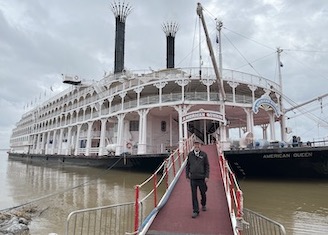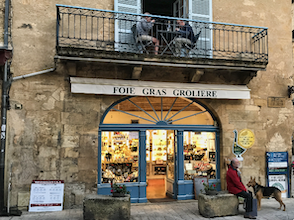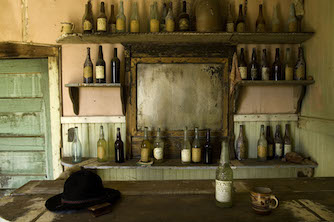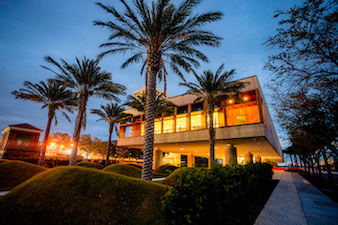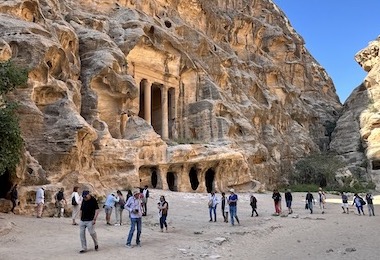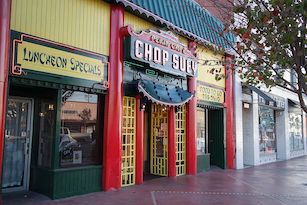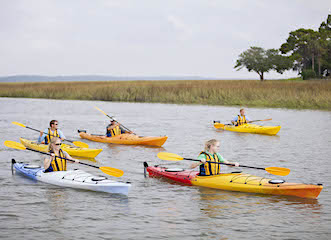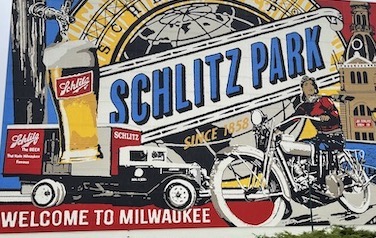In April 1904, Chinese Prince Pu Lun, the 32-year-old heir apparent to the throne of the Manchu Empire, sailed to the United States, the first member of the Qing Dynasty ever to cross the Pacific. He was a “Kodak fiend” fascinated by everything he saw and Americans readily embraced him. En route to the St. Louis World’s Fair, where he would serve as China’s Imperial Commissioner, he attended a banquet where the host provided a dish he hoped would remind the young prince of home. Pu Lun looked at the platter curiously and asked his host what it was. “Why, that’s chop suey, Prince,” said the American. Eager to discover something new and foreign, Pu Lun smiled at this revelation, nodded his head slowly, and asked, “What is…chop suey?”


